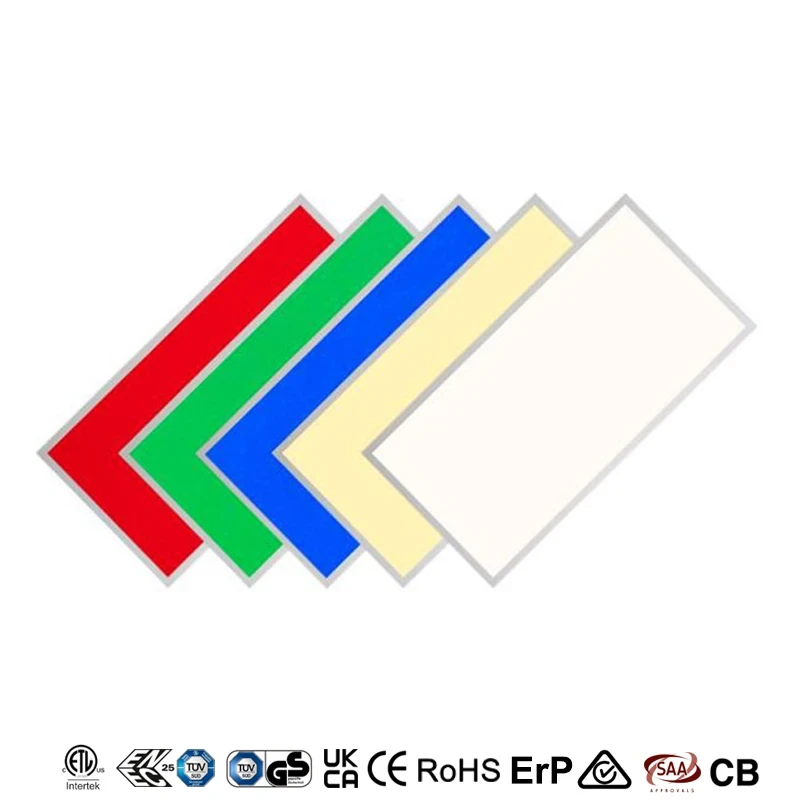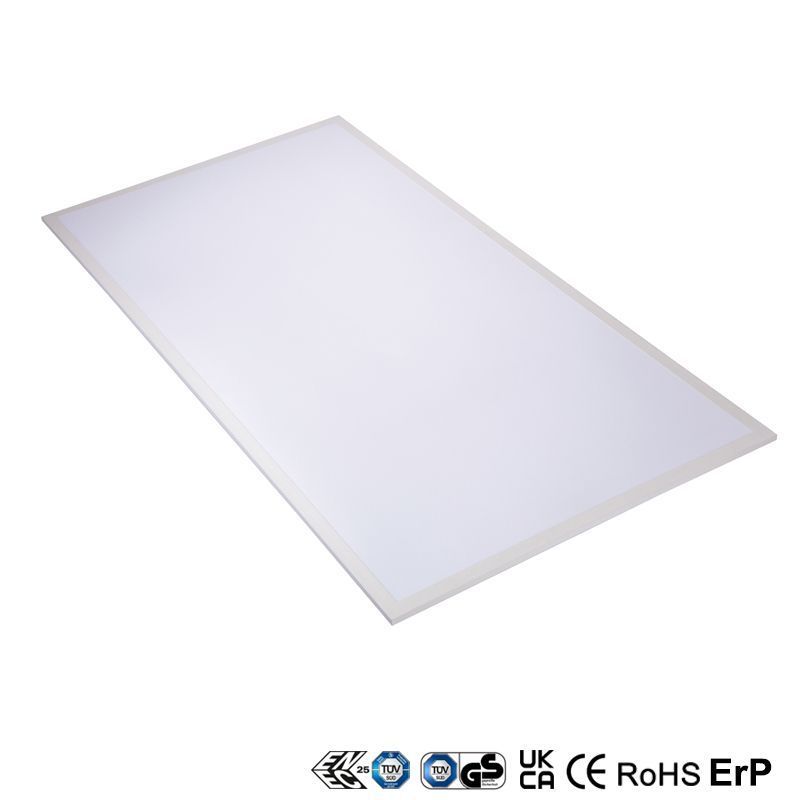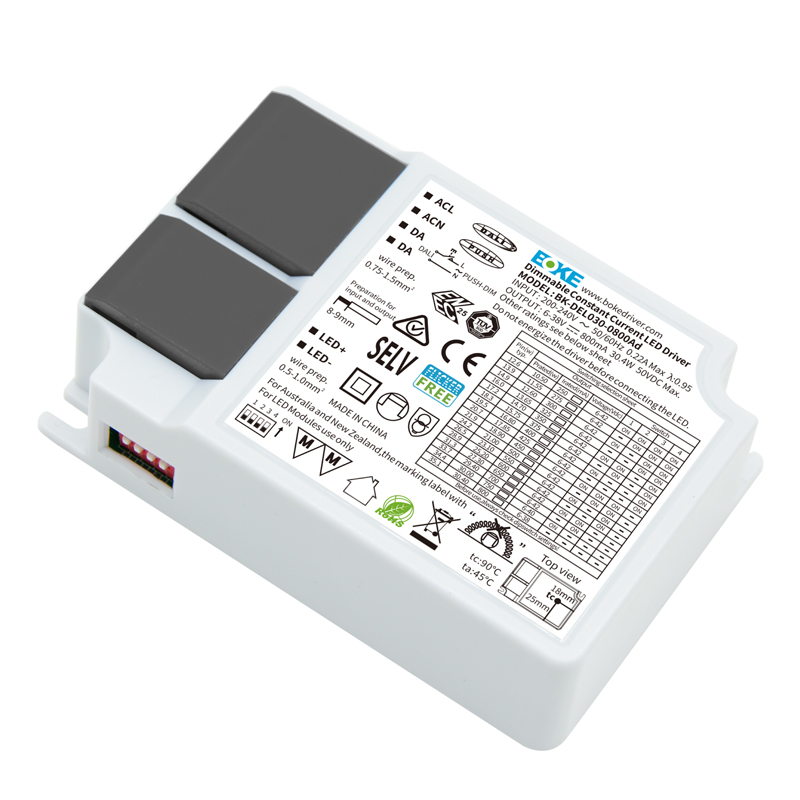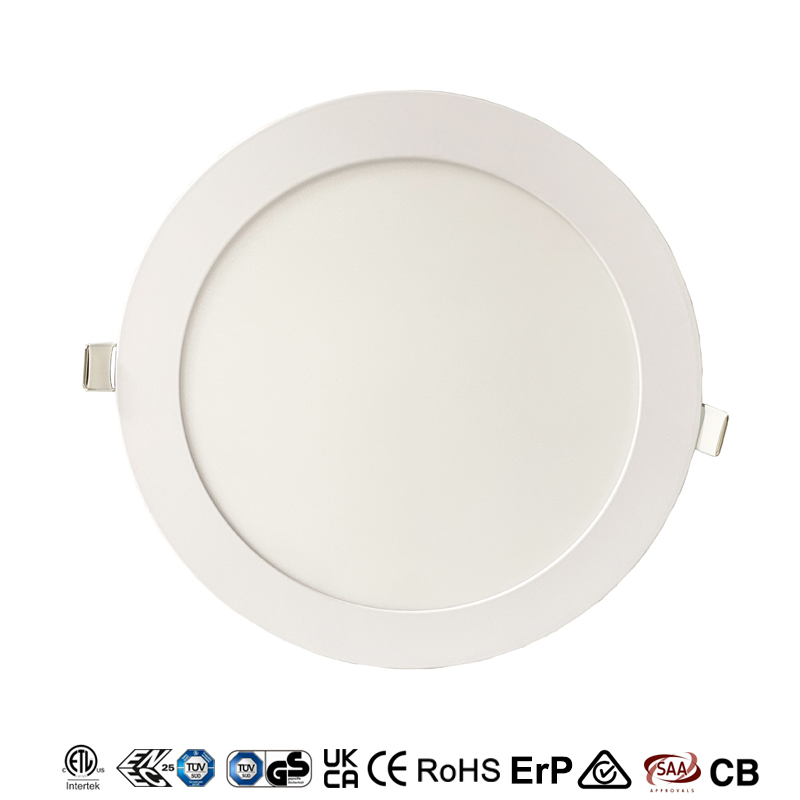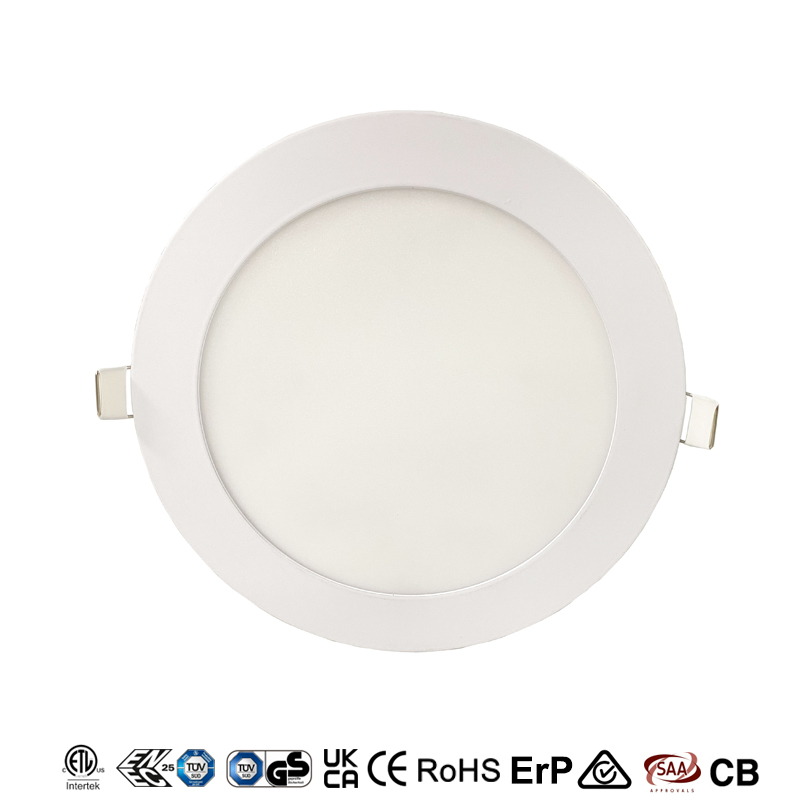LED panel lights have become a popular lighting solution for both residential and commercial settings, thanks to their energy efficiency, long lifespan, and versatility. One of the key features of LED panel lights is their ability to provide a range of color temperature options, from warm to cool.
Color Temperature
Color temperature is a measure of the color appearance of light, measured in units called kelvins (K). Lower kelvin numbers indicate warmer colors, while higher kelvin numbers indicate cooler colors.
Here are the most common color temperature options for LED panel lights:
Warm White (2700K-3000K)
This color temperature range produces a warm and cozy light that is similar to traditional incandescent bulbs. It is ideal for spaces where a comfortable and relaxed atmosphere is desired, such as bedrooms, living rooms, and dining rooms.
Neutral White (3500K-4000K)
Neutral white produces a neutral and balanced light that is similar to natural daylight. It is ideal for spaces where a clear and vibrant light is desired, such as kitchens, bathrooms, and offices.
Cool White (5000K-6500K)
The cool white temperature range produces a bright and cool light that is similar to daylight. It is ideal for spaces where a bright and alert atmosphere is desired, such as hospitals, schools, and commercial spaces.
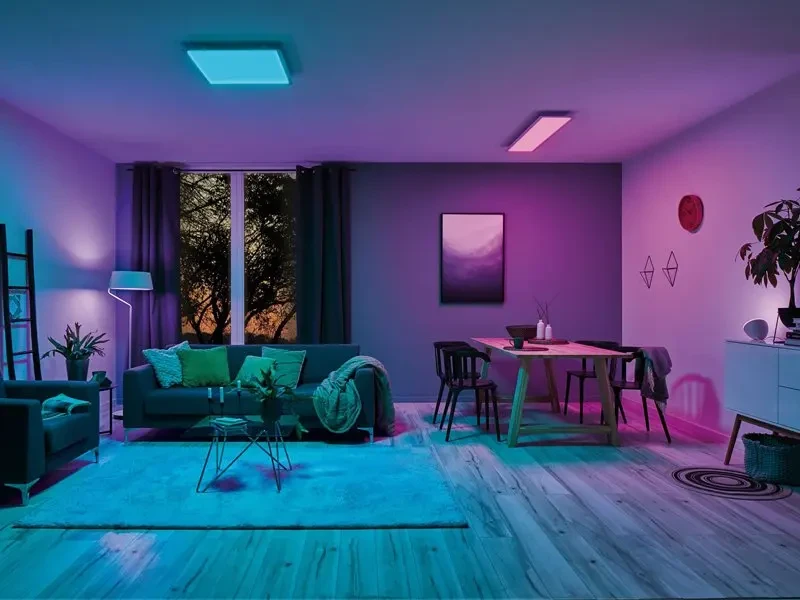
Choosing the right color temperature for your space depends on a variety of factors, including the intended use of the space, the color scheme of the room, and personal preference.
It is also worth noting that LED panel lights can offer customizable color temperature options, allowing users to adjust the lighting to suit their specific needs. This is particularly useful in settings where lighting requirements may vary throughout the day or in different seasons, such as in offices or retail spaces.
In addition to color temperature, it is important to consider other factors such as the lumen output and the color rendering index (CRI) when choosing LED panel lights. The lumen output refers to the brightness of the light, while the CRI measures how well the light renders colors. A higher CRI is generally preferred, as it allows for more accurate color representation.
In a word, LED panel lights offer a range of color temperature options to suit different settings and tasks. By considering factors such as the intended use of the space, personal preference, and lighting requirements, you can choose the right color temperature for your LED panel lights to create a comfortable and efficient lighting environment in your home or business.


